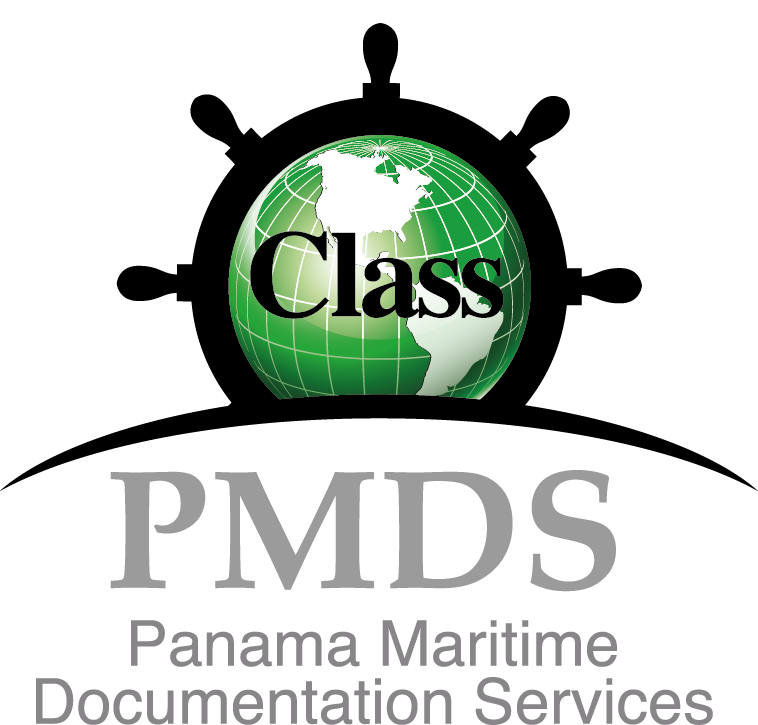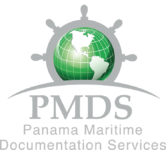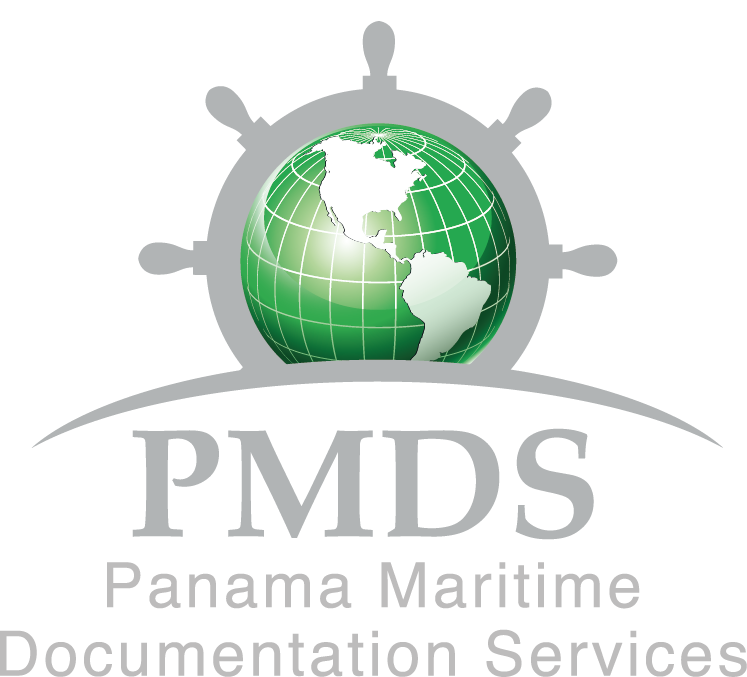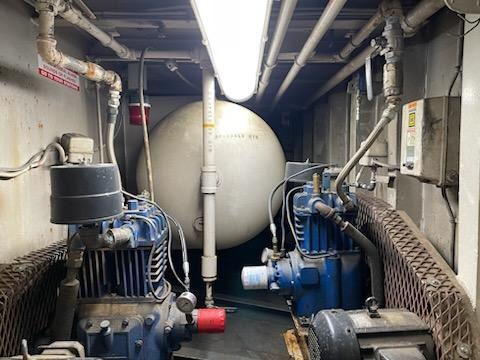
Dry compressed air is vital to safe equipment operation
Dry compressed air is vital to safe equipment operation, a recent Coast Guard investigation involving a fire and subsequent loss of propulsion on board an inspected vessel serves as a reminder of safety issues caused by condensate forming in air lines. During the investigation, an underlying issue was discovered that caused condensate to form in air lines that supplied compressed air to the vessel’s air-operated engine throttle and clutch control systems. When the vessel is operating in cold weather, the condensate can freeze, potentially blocking the flow of compressed air or cause the pneumatic engine throttle and clutch controls to stick or freeze.
The Coast Guard strongly recommends that vessel owners and operators, inspectors, and third-party surveyors:
- Identify compressed air systems vital to the safety of the vessel and/or personnel. Such systems include but are not limited to:
- engine starting, throttle control and clutch control,
- pneumatic blowers or tools used by personnel working in or near flammable atmospheres,
- compressed air systems supplying the ship’s horn,
- other equipment for which the unexpected interruption of compressed air could jeopardize the safety of the vessel and/or persons on board.
- For vessels which may operate in cold temperatures: verify that control and ship’s service compressed air systems are properly equipped with air drying arrangements that will lower the pressure dew point (of the compressed air) below the operating temperature to which the air lines are exposed. This ensures that the temperature of the operating environment will not cause the temperature of the compressed air to reach its dew point and will prevent condensate and ice from forming within the air lines. For example, some desiccant and membrane dryers can reduce the pressure dew point of compressed air to minus 40° F below zero, which would prevent the formation of condensate and ice in air lines exposed to cold temperatures. Moisture removal may also involve equipment such as compressor intercoolers, aftercoolers, air filters, dryer desiccant, sensors, and automatic drain traps, all of which should be properly maintained to ensure a moisture-free air supply.
Source: USCG
For additional information contact us : corporate@panamamaritime.com

 (507) 6780-7942
(507) 6780-7942
